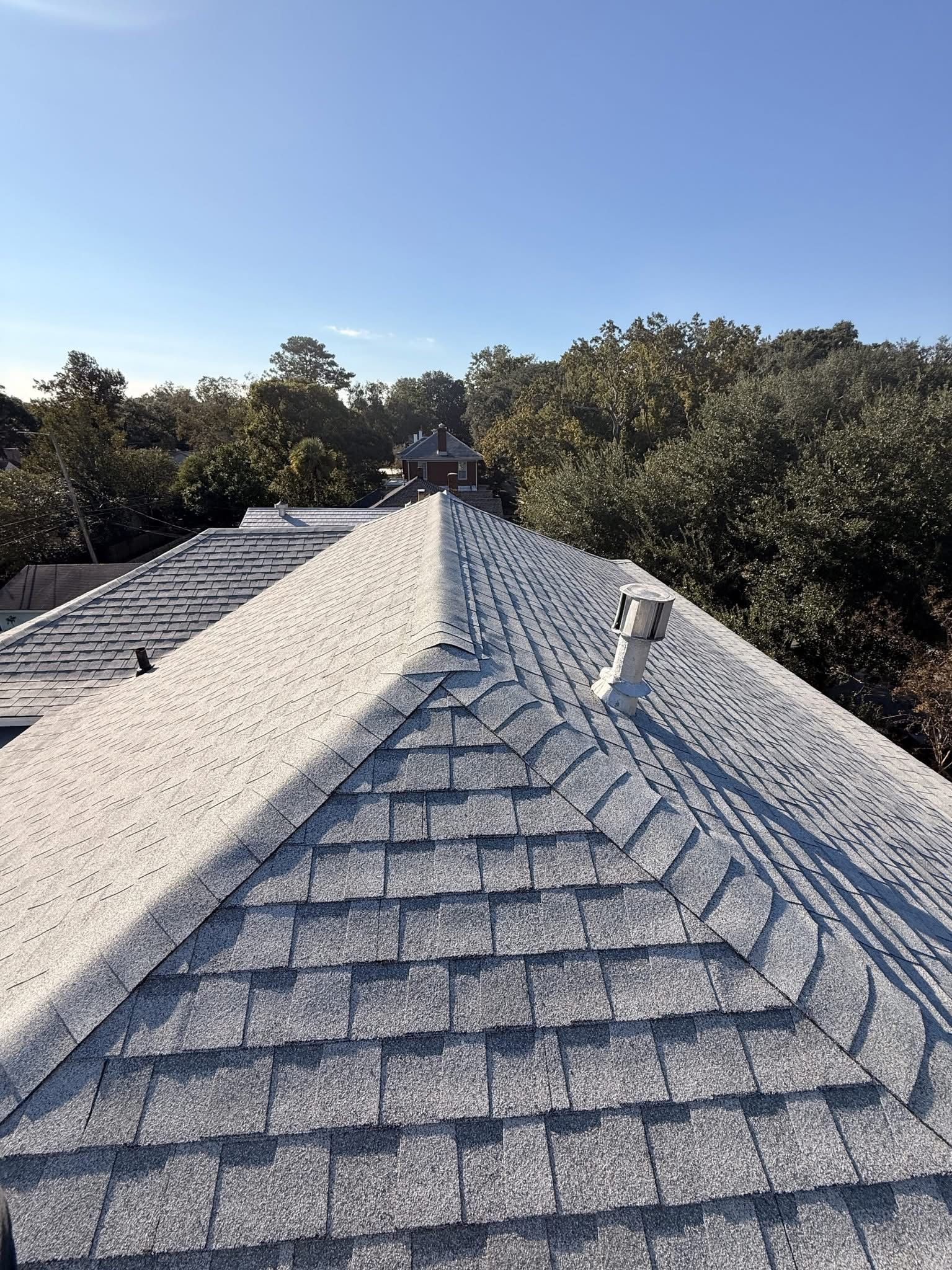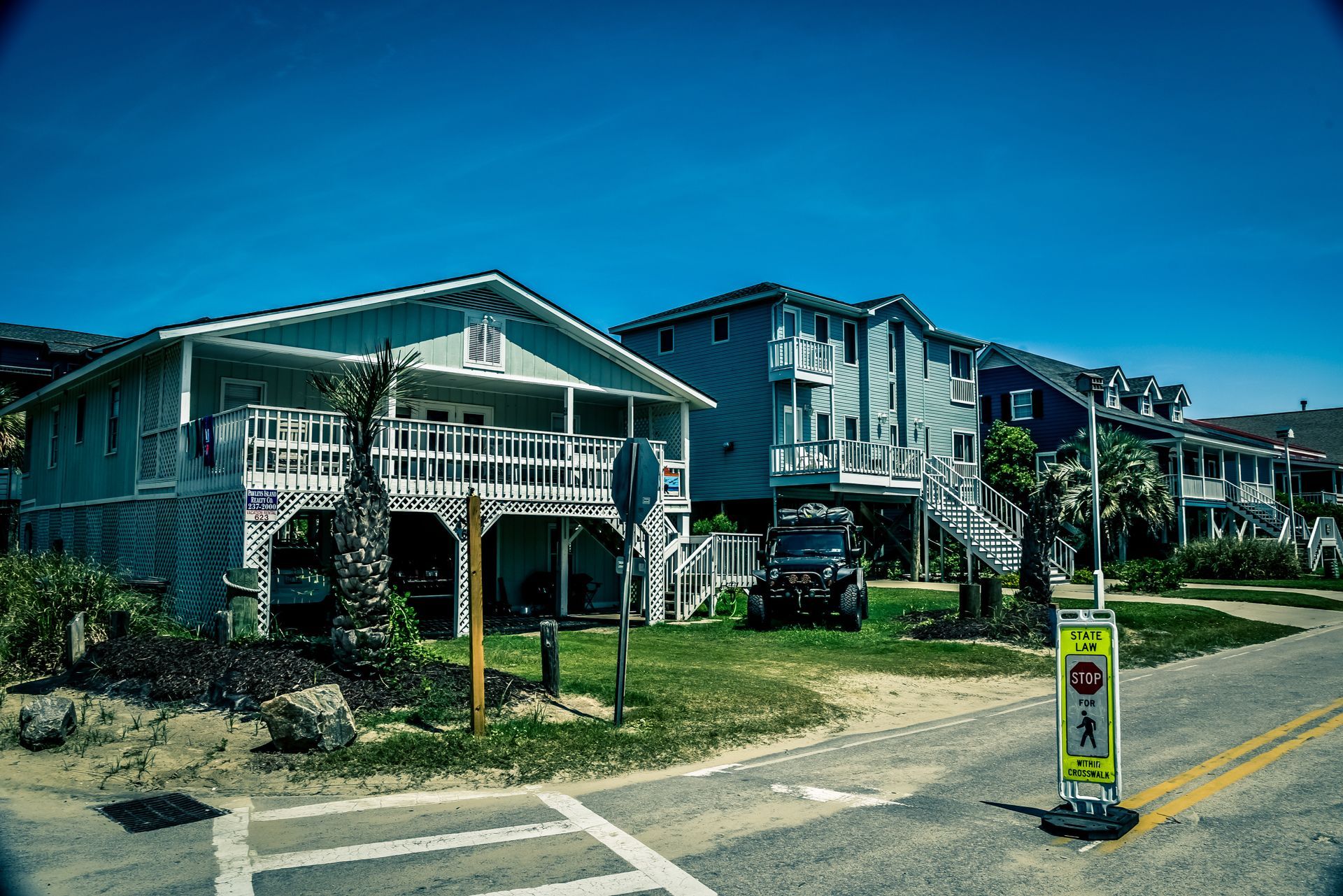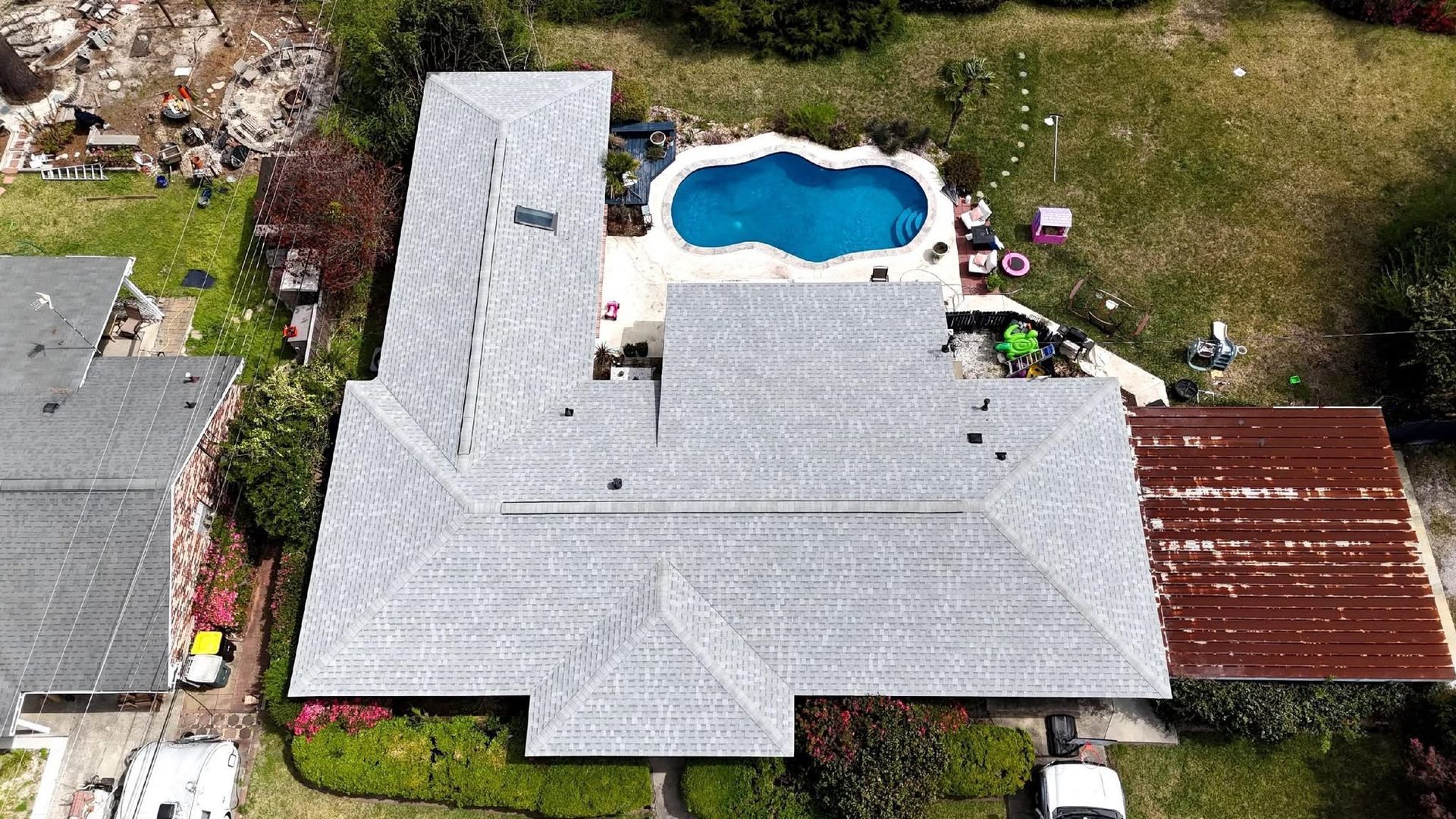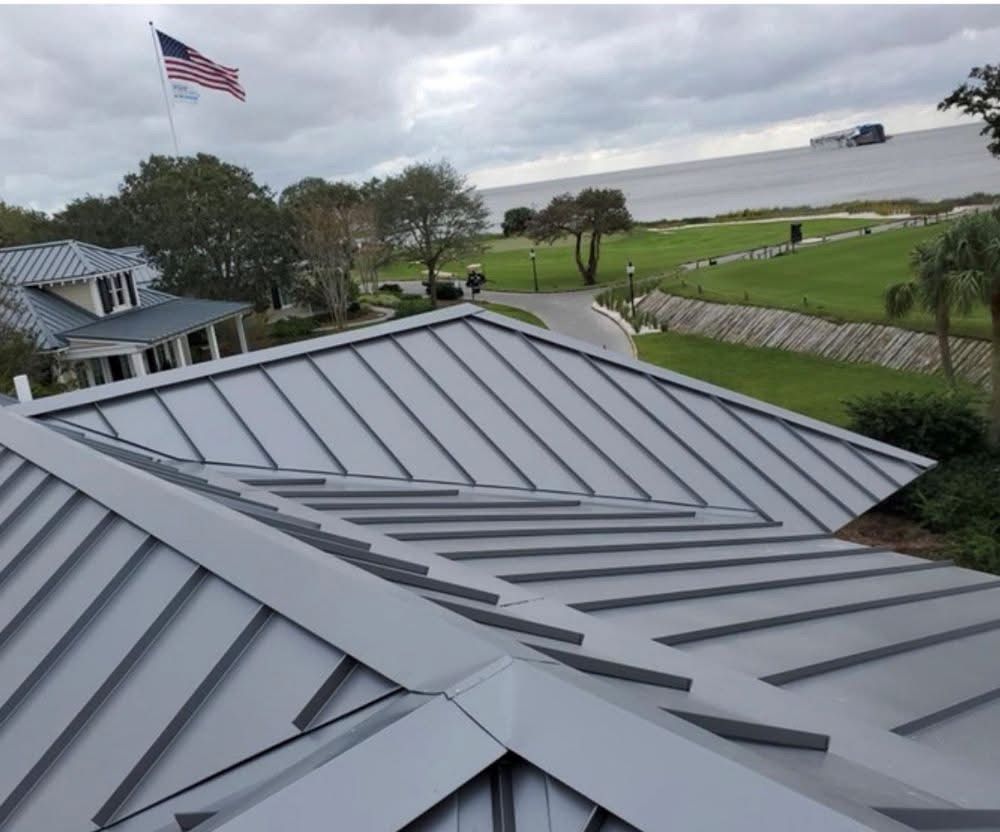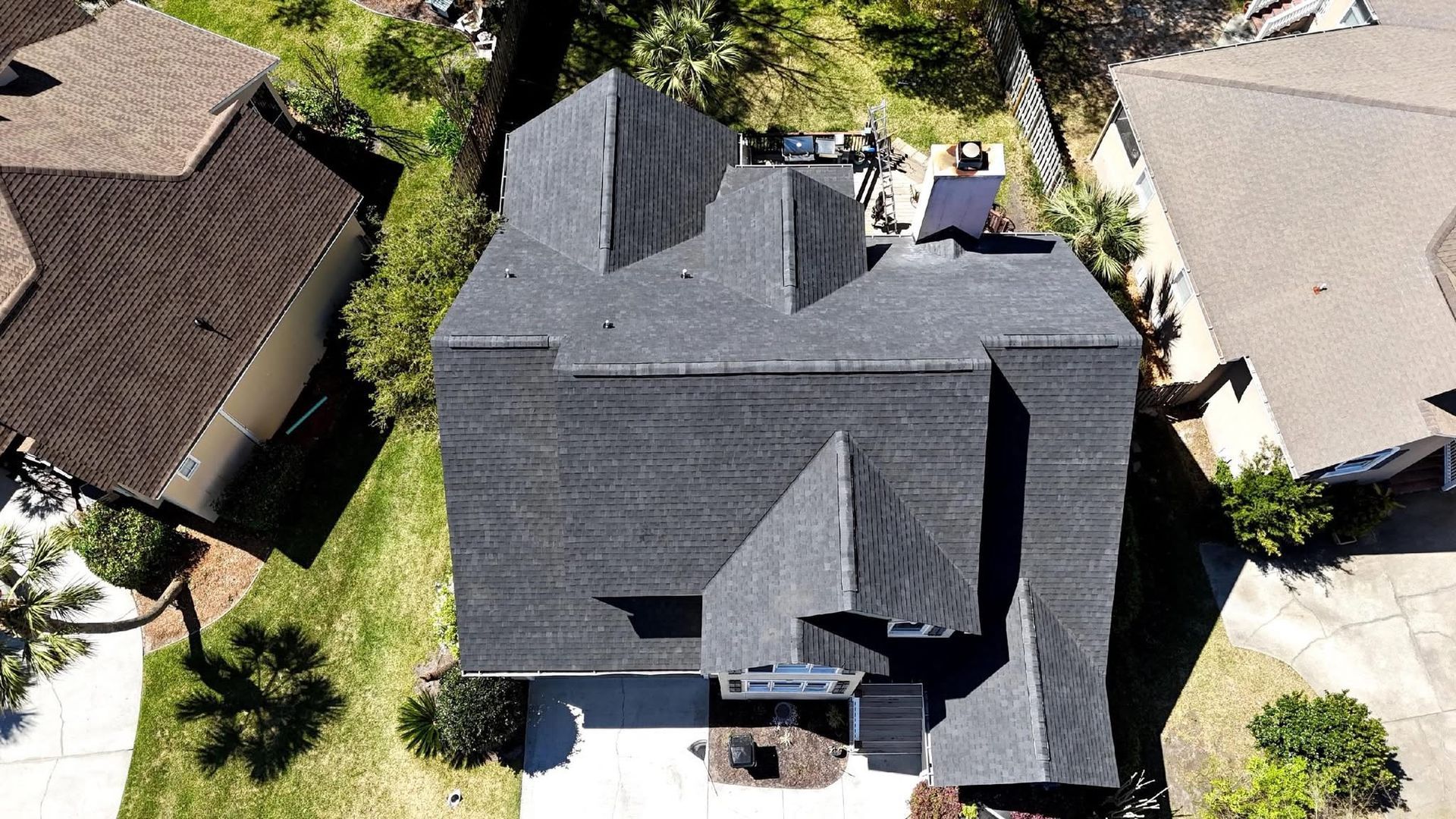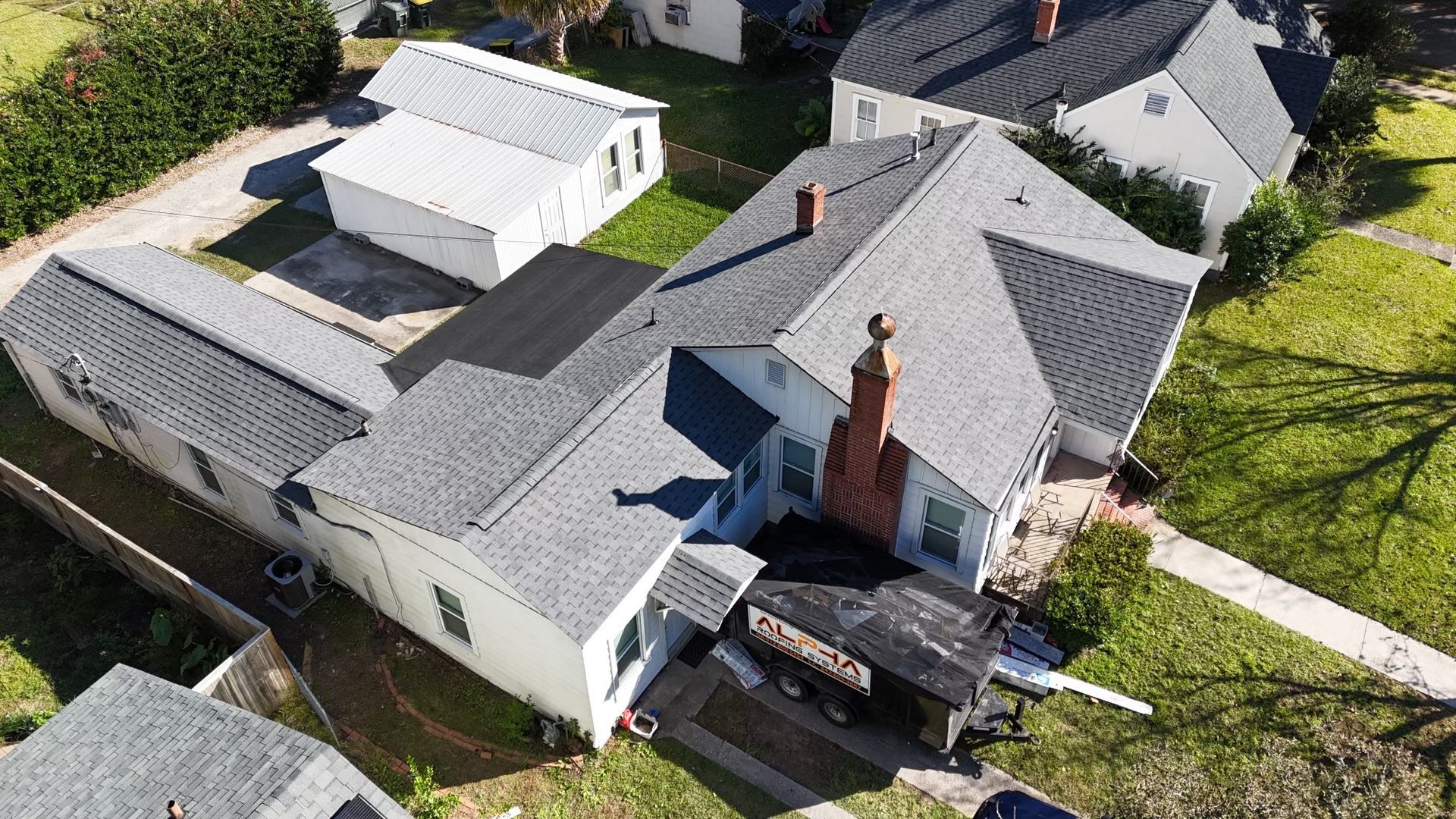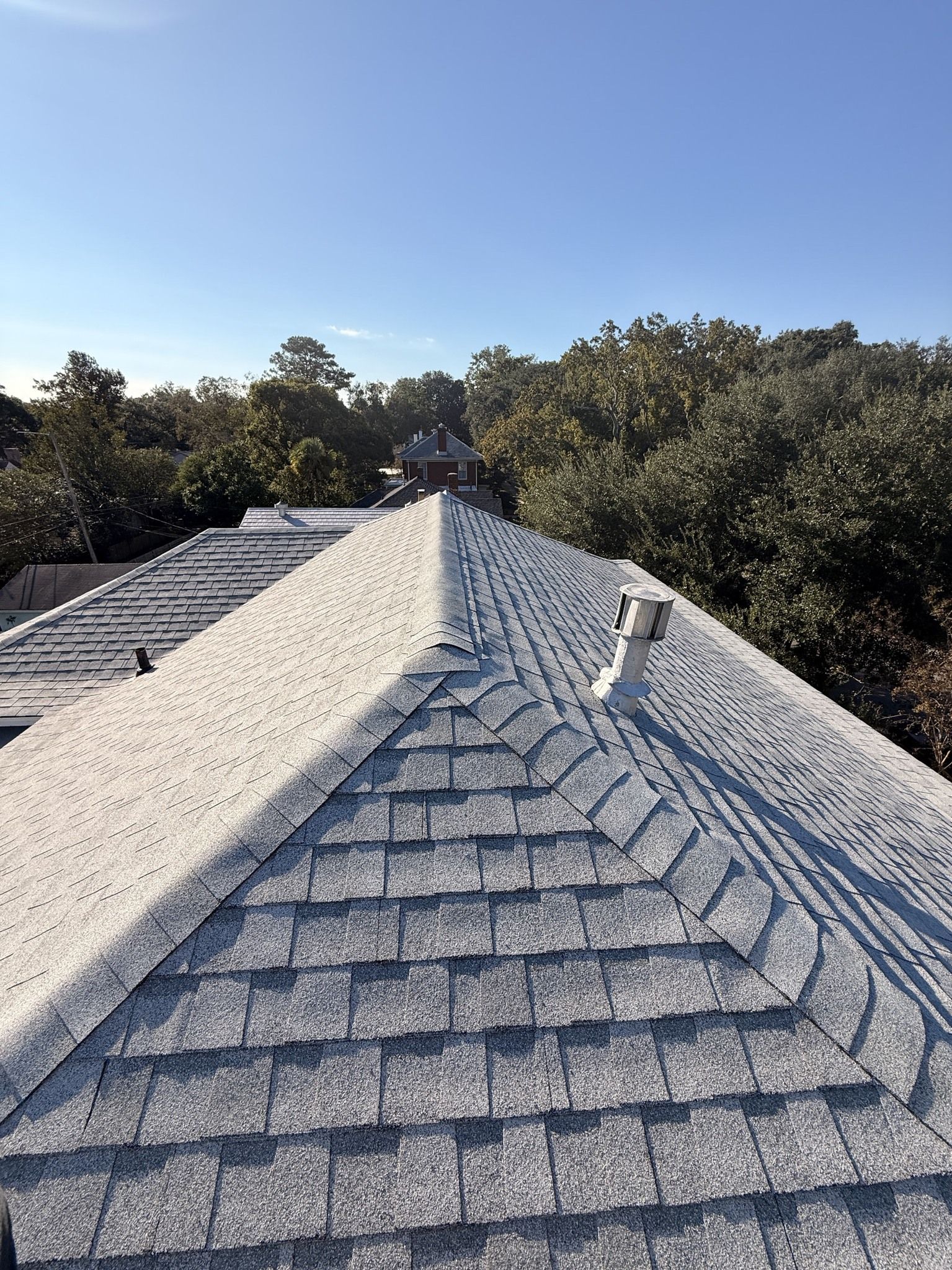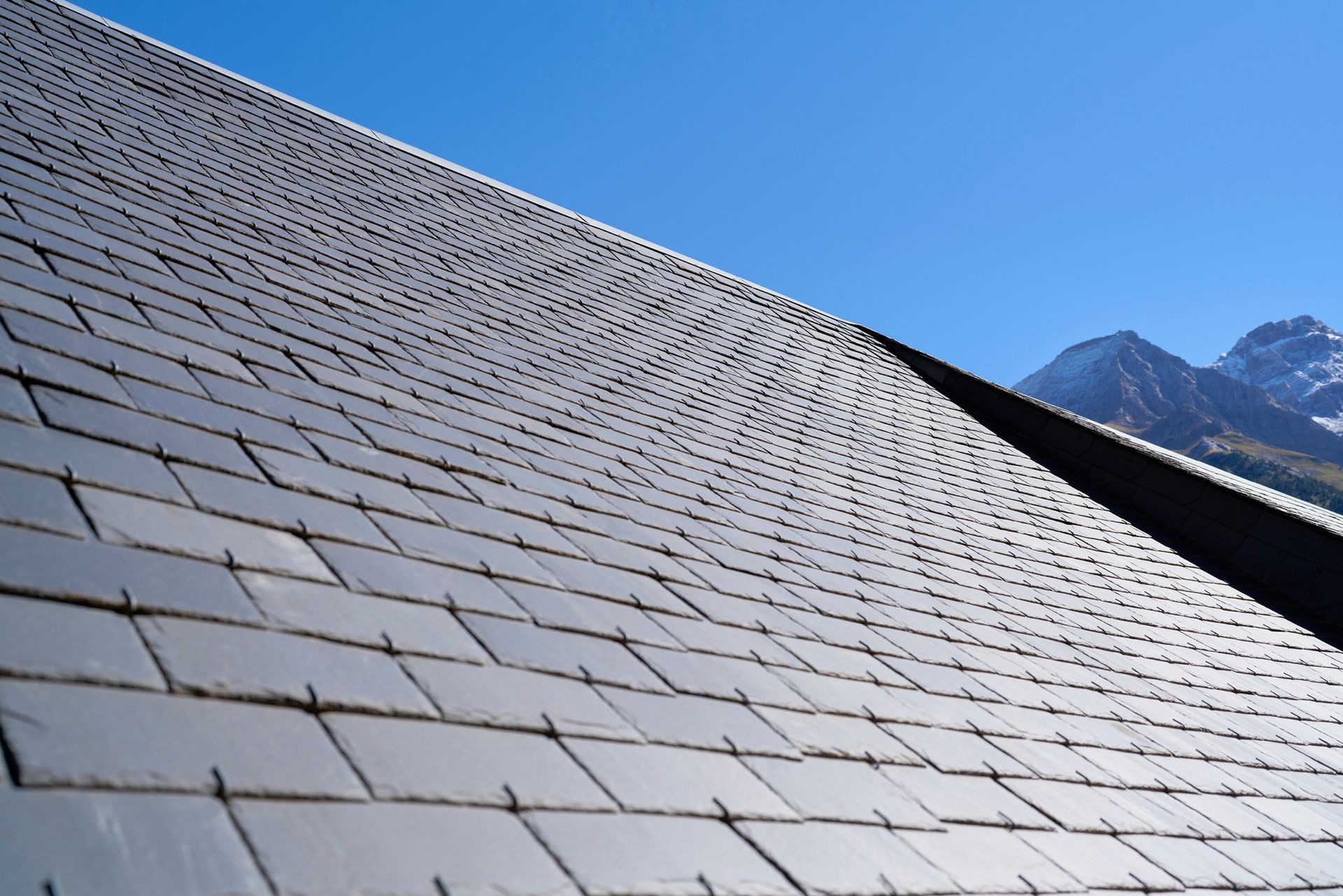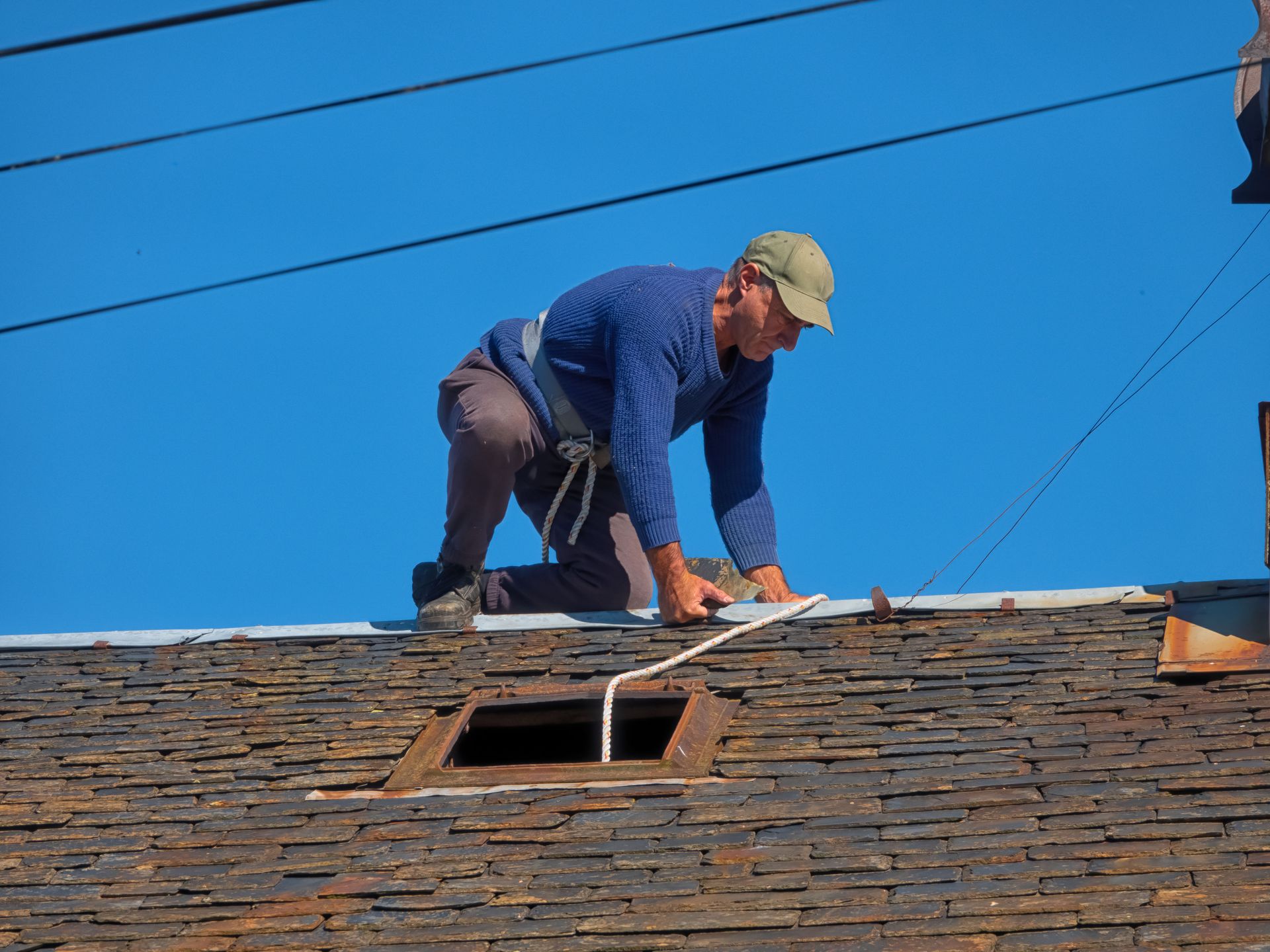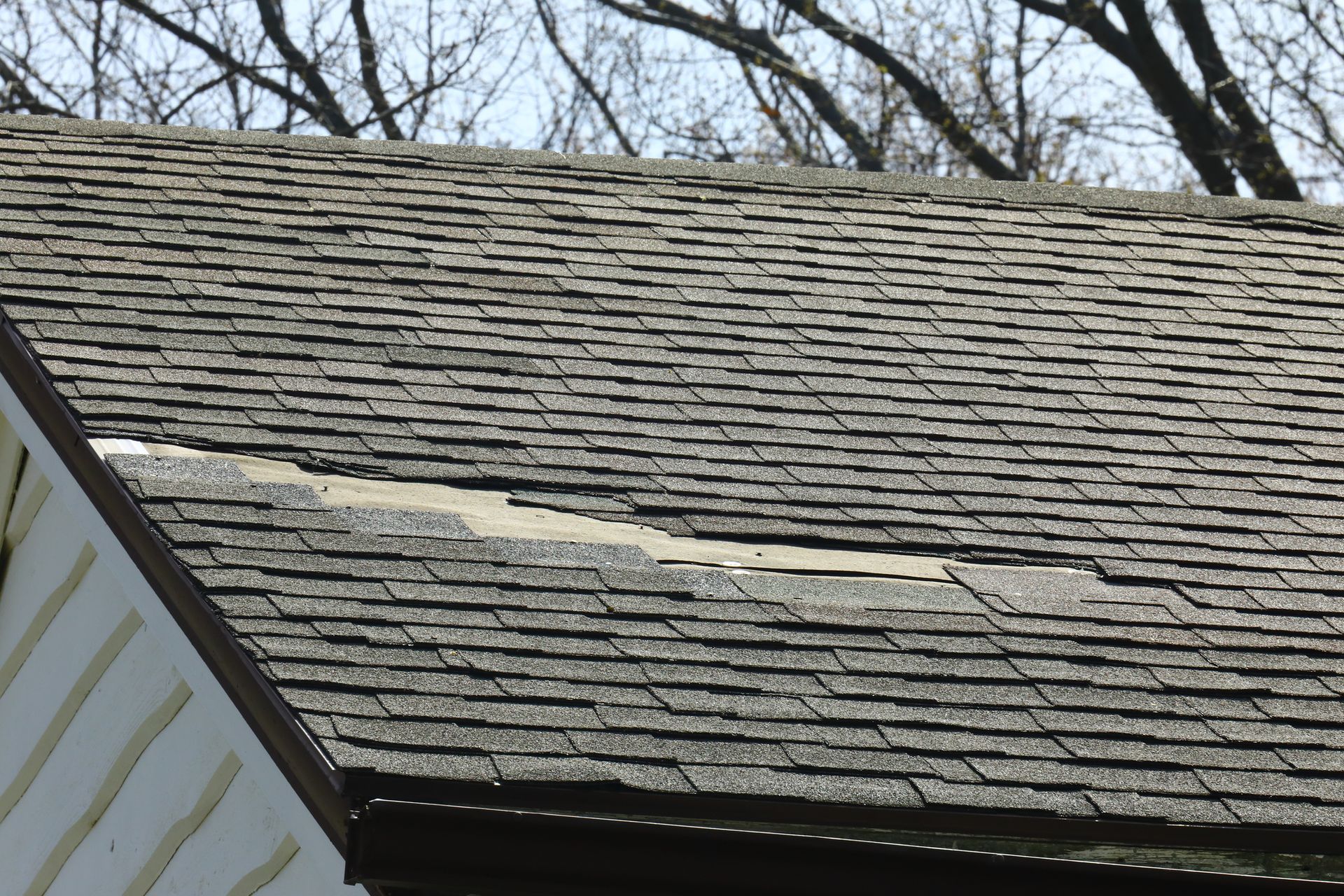How Thunderstorms Can Damage Your Home's Asphalt Roof
Thunderstorms, with their dramatic skies and ground-shaking thunderclaps, can be exhilarating to witness, but they also bring a host of potential dangers to your home, particularly to its asphalt roof. The combination of heavy rain, strong winds, and hail can lead to significant damage, including leaks, shingle loss, and structural weaknesses. Understanding the various ways thunderstorms can inflict damage on your roof is vital for protecting your home from costly repairs in the future. Regular inspections and timely maintenance can help mitigate these risks and ensure your roof remains in good condition, shielding your home from the elements. Read on to learn the many ways a thunderstorm can damage your home's asphalt roof.
Heavy Rainfall and Water Damage
One of the primary concerns during a thunderstorm is the torrent of rain that accompanies it. While asphalt shingles are designed to repel water, relentless downpours can overwhelm even the best roofing systems. Excessive water can seep beneath shingles, leading to leaks and water damage in your attic or ceiling. Over time, this water accumulation can weaken the structural integrity of your roof, promoting wood rot and mold growth, both of which are expensive and complicated issues to address.
Wind Damage: Shingles and Sealant
Thunderstorms are often characterized by high winds, which can critically damage an asphalt roof. Strong gusts can lift shingles, breaking the adhesive bond and potentially causing them to be torn away completely. This leaves exposed areas vulnerable to water intrusion. Additionally, wind-driven debris such as branches or other loose objects can cause physical damage, breaking or dislodging shingles. Even if shingles are not completely blown off, the loosening of the shingle can compromise their effectiveness, leading to leaks and further degradation.
Hail: The Unseen Wrecking Ball
Hail is another destructive element associated with thunderstorms. When hailstones batter an asphalt roof, they can cause significant damage that might not be immediately visible. The impact from hailstones can bruise or puncture shingles, diminishing their protective granules. These granules are crucial for reflecting UV rays and providing an extra layer of protection against the elements. Once they are compromised, the shingles become more susceptible to future weather damage and may deteriorate more rapidly. Over time, this deterioration can lead to leaks, structural damage, and costly repairs. Homeowners should regularly inspect their roofs after hailstorms and consider professional assessments to promptly address any hidden damage. Additionally, investing in high-quality, impact-resistant shingles can provide better protection against hail and extend the lifespan of the roof.
Lightning Strikes and Electrical Hazards
While less common, a lightning strike can cause catastrophic damage to a roof. If lightning strikes an asphalt roof, the intense heat and energy can cause immediate ignition, starting a fire. Beyond the immediate threat of fire, the electrical surge from a lightning strike can damage any electronic and electrical systems within the home, leading to potential secondary issues, such as water leaks from sprinkler systems or damage to home security systems connected to the roof area.
Standing Water and Long-Term Wear
Even after a thunderstorm has passed, the aftermath can still pose significant risks. Pools of standing water, also known as water ponds, can form on your roof if drainage systems are inadequate or obstructed by debris such as leaves, twigs, or dirt. This accumulation of water can exert additional weight and pressure on the roof structure, leading to sagging, structural damage, or even collapse in extreme cases. Over time, the stagnant water also accelerates the wear and tear of the asphalt shingles, causing them to deteriorate faster, shortening their lifespan, and leading to increased maintenance and replacement costs. Furthermore, standing water can become a breeding ground for mosquitoes and other pests, adding another layer of concern for homeowners. Regular inspection and maintenance of your roof's drainage system are crucial to preventing these potential hazards and ensuring the longevity of your roofing materials.
Thunderstorms are a formidable force of nature, and while they can't be prevented, understanding how they can impact your asphalt roof allows you to take action to mitigate potential damage. Regular inspection and maintenance, proper installation of roofing materials, and immediate repairs to any compromised areas can help ensure that your roof remains a resilient shield against the fury of thunderstorms. Protecting your home begins with protecting your roof, the first line of defense against nature’s elements. If your home's asphalt roof has been damaged by a thunderstorm, visit us at Alpha Roofing Services for more information.


